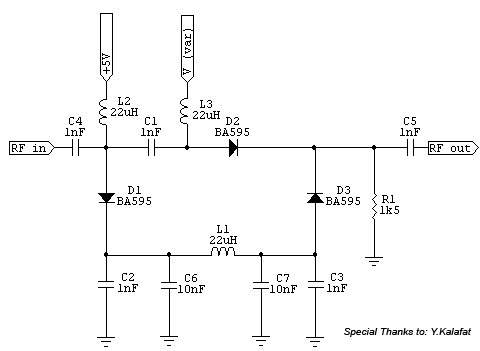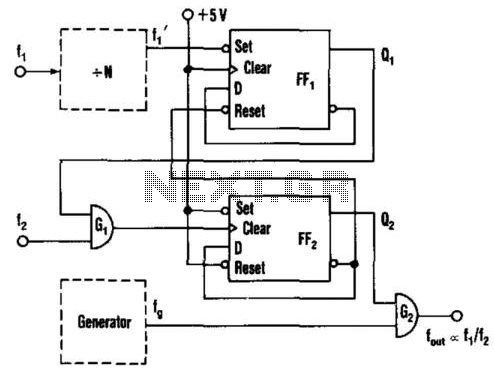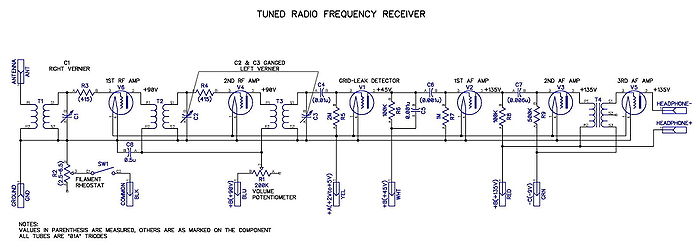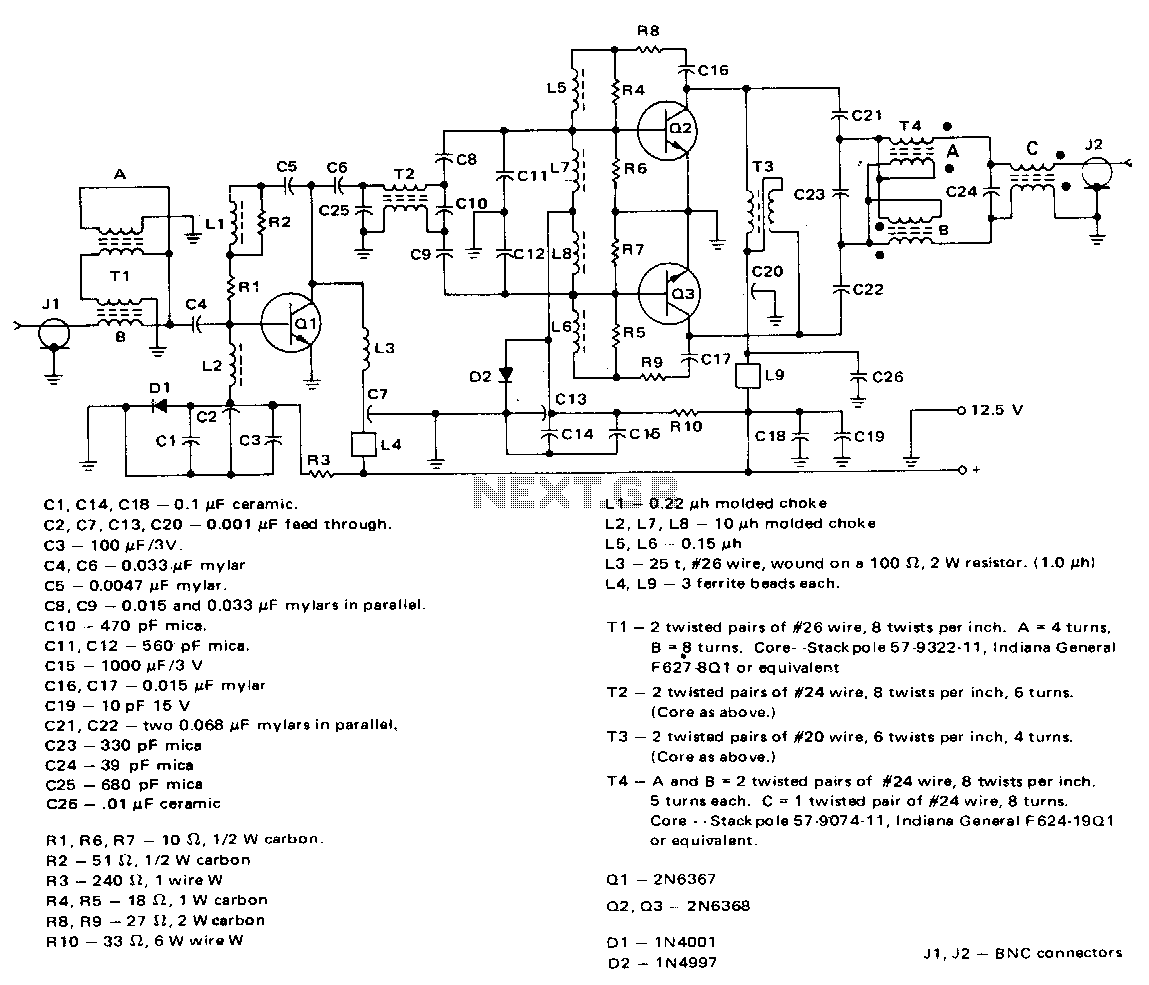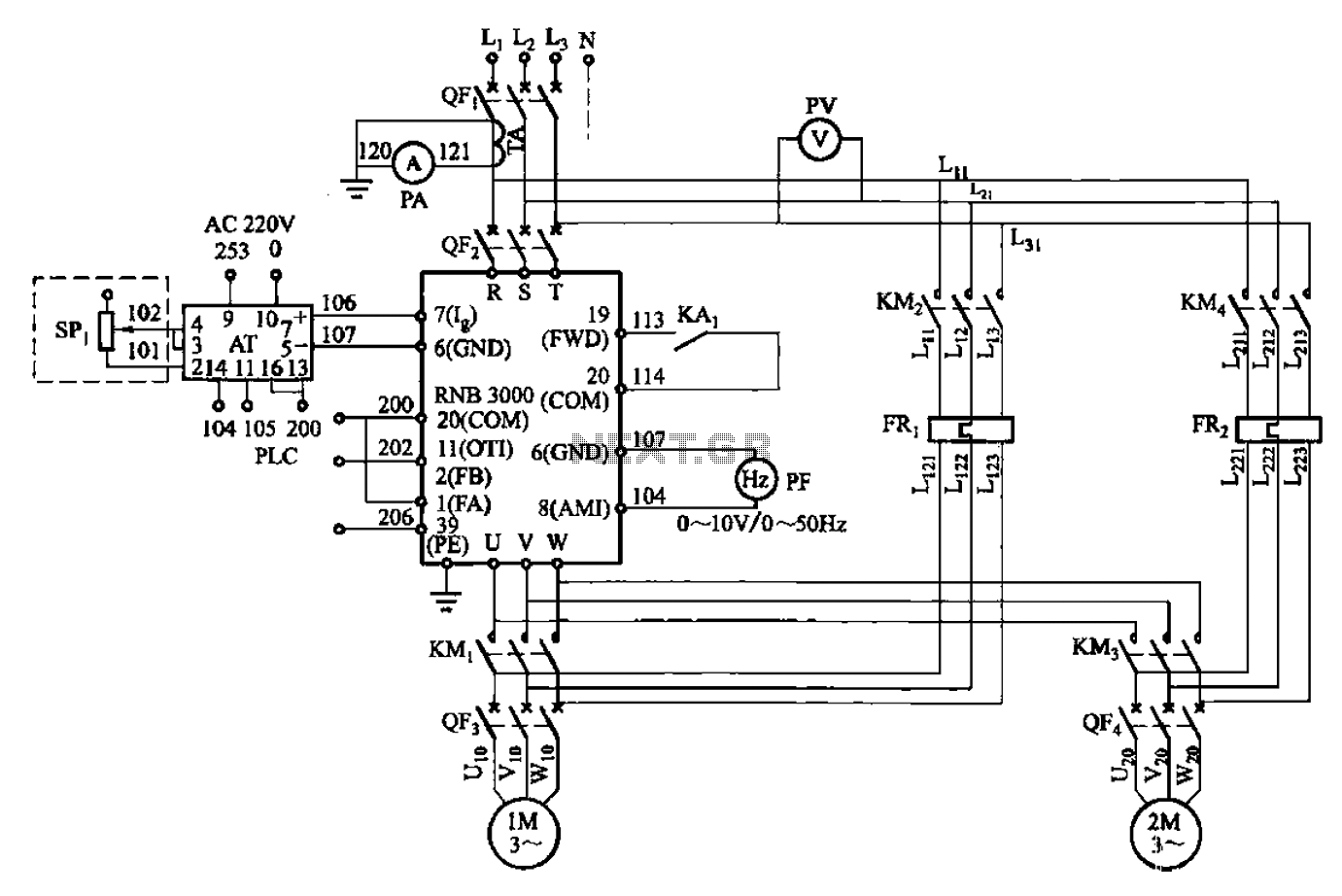
MHz FREQUENCY COUNTER
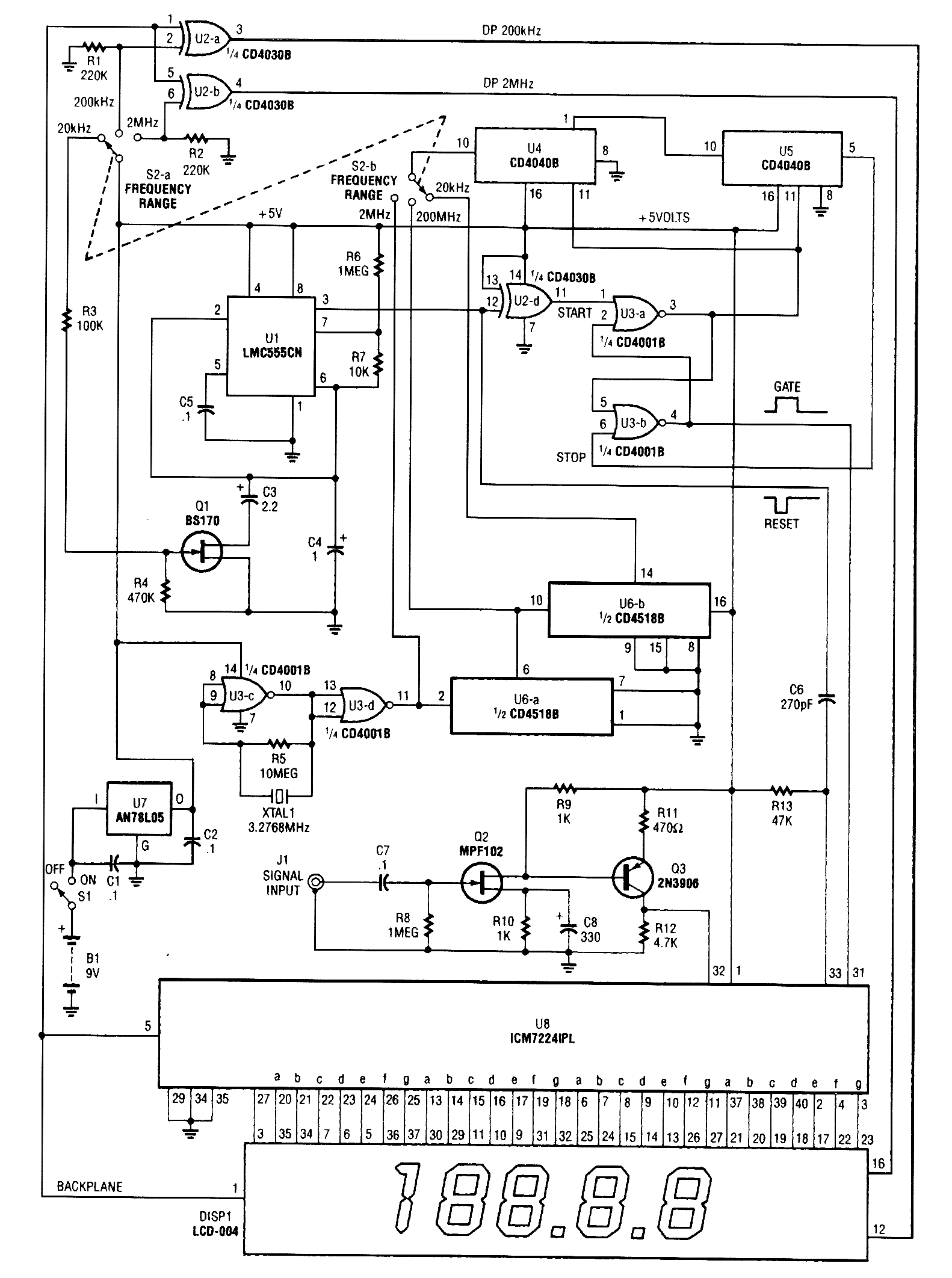
This is a schematic and block diagram of a 2-MHz frequency counter. It employs an LSI counter/display driver, an LCD readout, and several logic chips for timebase and timing pulse circuitry. Transistors Q2 and Q3 form a signal input amplifier. The circuit includes a crystal oscillator built around U3-c and XTAL1, which supplies the primary timing reference signal. This signal is subsequently divided twice to yield two additional timing references, resulting in three selectable timing references for the circuitry. The ICM7224IPL is an integrated circuit that encompasses the counter and display driver to operate the LCD-004 display.
The 2-MHz frequency counter circuit is designed to accurately measure and display frequency signals, utilizing a combination of integrated circuits and discrete components to achieve its functionality. The LSI counter/display driver is central to the operation, allowing for seamless interaction with the LCD readout. The LCD-004 display is specifically chosen for its compatibility with the ICM7224IPL, which integrates both counting and display driving capabilities, thereby minimizing the component count and simplifying the design.
The signal input amplification is critical for enhancing the weak frequency signals received. Transistors Q2 and Q3 are configured to amplify the input signal before it is processed by the counter. This amplification stage ensures that the frequency counter can accurately detect and measure lower amplitude signals, which is essential for reliable performance in various applications.
The crystal oscillator circuit, featuring U3-c and XTAL1, is responsible for generating a stable timing reference essential for frequency measurement. The oscillator operates at a fundamental frequency, which is then divided down to create additional timing references. This division is accomplished through digital logic circuits, allowing for the selection of different timing reference signals based on the application's requirements. The availability of three selectable timing references enhances the versatility of the frequency counter, making it suitable for a wider range of measurement tasks.
In summary, the design of this 2-MHz frequency counter incorporates a well-defined architecture that integrates an LSI counter/display driver, an LCD readout, and necessary logic circuitry to provide accurate frequency measurements. The use of a crystal oscillator for timing reference, along with a multi-stage signal amplification approach, underscores the careful consideration of performance and reliability in the design of this electronic measurement instrument.This is a schematic and block diagram of a 2-MHz frequency counter. It uses and LSI counter/display driver, LCD readout, and a, few logic chips for timebase and timing pulse circuitry. Q2 and Q3 form a signal (input) amplifier. The circuit contains a crystal oscillator built around U3-c and XTALl, which provides the pri-mary timing-reference signal
. That signal is then divided twice to provide two additional timing ref-erences, giving the circuitry three selectable timing references. The ICM7224IPL is an integrated circuit that consists of the counter and display driver to drive the LCD-004 display.
🔗 External reference
The 2-MHz frequency counter circuit is designed to accurately measure and display frequency signals, utilizing a combination of integrated circuits and discrete components to achieve its functionality. The LSI counter/display driver is central to the operation, allowing for seamless interaction with the LCD readout. The LCD-004 display is specifically chosen for its compatibility with the ICM7224IPL, which integrates both counting and display driving capabilities, thereby minimizing the component count and simplifying the design.
The signal input amplification is critical for enhancing the weak frequency signals received. Transistors Q2 and Q3 are configured to amplify the input signal before it is processed by the counter. This amplification stage ensures that the frequency counter can accurately detect and measure lower amplitude signals, which is essential for reliable performance in various applications.
The crystal oscillator circuit, featuring U3-c and XTAL1, is responsible for generating a stable timing reference essential for frequency measurement. The oscillator operates at a fundamental frequency, which is then divided down to create additional timing references. This division is accomplished through digital logic circuits, allowing for the selection of different timing reference signals based on the application's requirements. The availability of three selectable timing references enhances the versatility of the frequency counter, making it suitable for a wider range of measurement tasks.
In summary, the design of this 2-MHz frequency counter incorporates a well-defined architecture that integrates an LSI counter/display driver, an LCD readout, and necessary logic circuitry to provide accurate frequency measurements. The use of a crystal oscillator for timing reference, along with a multi-stage signal amplification approach, underscores the careful consideration of performance and reliability in the design of this electronic measurement instrument.This is a schematic and block diagram of a 2-MHz frequency counter. It uses and LSI counter/display driver, LCD readout, and a, few logic chips for timebase and timing pulse circuitry. Q2 and Q3 form a signal (input) amplifier. The circuit contains a crystal oscillator built around U3-c and XTALl, which provides the pri-mary timing-reference signal
. That signal is then divided twice to provide two additional timing ref-erences, giving the circuitry three selectable timing references. The ICM7224IPL is an integrated circuit that consists of the counter and display driver to drive the LCD-004 display.
🔗 External reference
